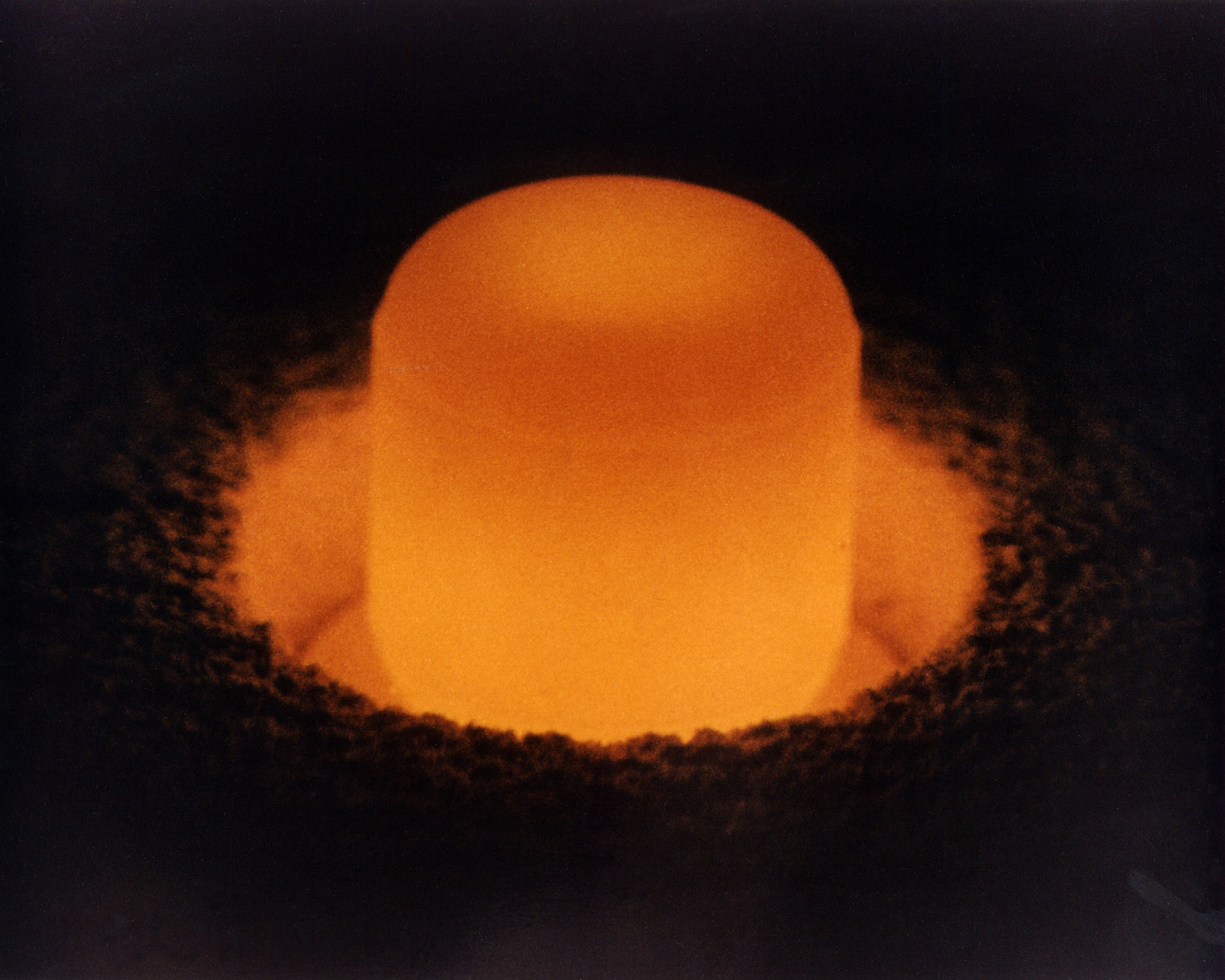
This is what trying to fit science to your worldview looks like
Posted at 09:00 on 07 August 2017
Two weeks ago, we saw that the evidence for the age of the earth can not be based on presupposition or worldview because this does not account for evidence from the oil industry, which has to remain strictly independent of such matters for purely financial and economic reasons.
Nevertheless, young-earth creationists still tell me that science must "fit Scripture." By this, they mean their young-earth interpretation of Scripture, because when it comes to the age of the earth, Scripture leaves a lot open to interpretation. But if you want to interpret science to fit into a six thousand year timescale, we know exactly what that involves, for the YEC organisations have spent vast sums of money attempting to do precisely that.
The RATE project.
RATE stands for Radioisotopes and the Age of The Earth. It was a research project run by the Institute for Creation Research and the Creation Research Society from 1997 to 2005, which sought to answer the question: if the earth is six thousand years old, why does radiometric dating consistently give results that are much older? It was funded by $250,000 from the Institute for Creation Research, and more than $1 million in donations.
The RATE team admitted that there is overwhelming evidence that hundreds of millions of years' worth of nuclear decay has taken place since Creation. This was certainly ground-breaking for young-earth claims, because they had always insisted up until that point that "evolutionists" were throwing away any results that didn't conform to their "uniformitarian presuppositions" — in effect, claiming that radiometric dating was no more than a fraudulent exercise in cherry-picking random numbers.
Rather than admitting that this meant the earth was old, however, they decided that nuclear decay rates must have been up to a billion times higher in the past — notably, during the first two days of Creation Week, and during Noah's Flood.
22,000°C? Really?
The RATE team set about looking for evidence to support their hypothesis, and after eight years they came up with four studies that they claimed did so. I will examine the details of these claims in future blog posts, but for now all you need to know is that no independent peer reviewer has ever found their claims satisfactory, no other researchers have ever replicated their findings, and the subject matter experts who reviewed their work, many of whom were evangelical Christians themselves, documented numerous flaws of a purely technical nature, many of them serious, and all of them, when combined together, more than sufficient to falsify their entire conclusions.
But it was the RATE team themselves who noted the biggest problem of the lot. Radioactive decay generates a lot of heat. So much heat, in fact, that if you squeezed all the observed decay into just a fraction of six thousand years, you would raise the temperature of the earth to 22,000°C.
Just let that sink in for a minute.
Twenty. Two. Thousand. Degrees. Centigrade.
They admitted that neither conduction, nor convection, nor radiation, could have removed this much heat fast enough, and furthermore that any cooling process would have had to cool granites much faster than water to avoid the oceans from freezing over. They speculated about one or two possible solutions to the problem, but these also involved proposing equally absurd new laws of physics which are not supported by any evidence whatsoever either. In the end, they said that the removal of heat must have been supernatural, but admitted that the problem was nevertheless unsolved.
Despite this extraordinary contradiction, the RATE project has been marketed as a success, with books, DVDs, and conferences proclaiming accelerated nuclear decay as a rock-solid fact, supported by "overwhelming" evidence. The heat problem is casually dismissed as merely a minor issue — if in fact it ever gets mentioned at all. Accelerated nuclear decay is now touted as the cornerstone of the YEC objections to radiometric dating.

The crown jewels of young-earth research?
If you're a young-earth creationist, struggling to figure out why even many born-again, Spirit-filled Christians find the LSDYEC position an embarrassment despite having a high regard for the Bible, this is why. The sheer absurdity of the RATE team's willingness to downplay the 22,000°C heat problem is mind-boggling. Reading the conclusion of the RATE report, it is almost impossible to believe that it is genuine creationist apologetics, and not some sort of wild atheist parody like the Flying Spaghetti Monster or Last Thursdayism. Even one young-earth creationist friend I spoke to about it thought it was some kind of hoax to "discredit creationism." 22,000°C is four times as hot as the surface of the sun, and hot enough to vaporise the entire planet.
But this is no parody, nor is it the idea of some fringe armchair physicist, nor can it be excused as shoestring research that was only flaky through being under-funded. As far as young-earth research goes, this is about as mainstream as it gets. The RATE project was the most expensive, extensive and thorough research project ever carried out by YEC scientists. They threw eight years, six of their best physicists and geologists, and more than a million dollars at the problem. It has been endorsed by all the major YEC organisations. It represents the very crown jewels of young-earth science.
This is what happens when you try to make scientific evidence fit conclusions that it does not support. The consensus of professional geochronologists is that the earth is 4.54±0.05 billion years old, and any challenge to that figure needs to be based on sound methodology, honest reporting of results, and careful scrutiny through a process of independent peer review. It simply isn't honest to make up science fiction to try and fit the conclusions you want to get. It does not honour God and it does not uphold the Bible. On the contrary, it makes a mockery of it.